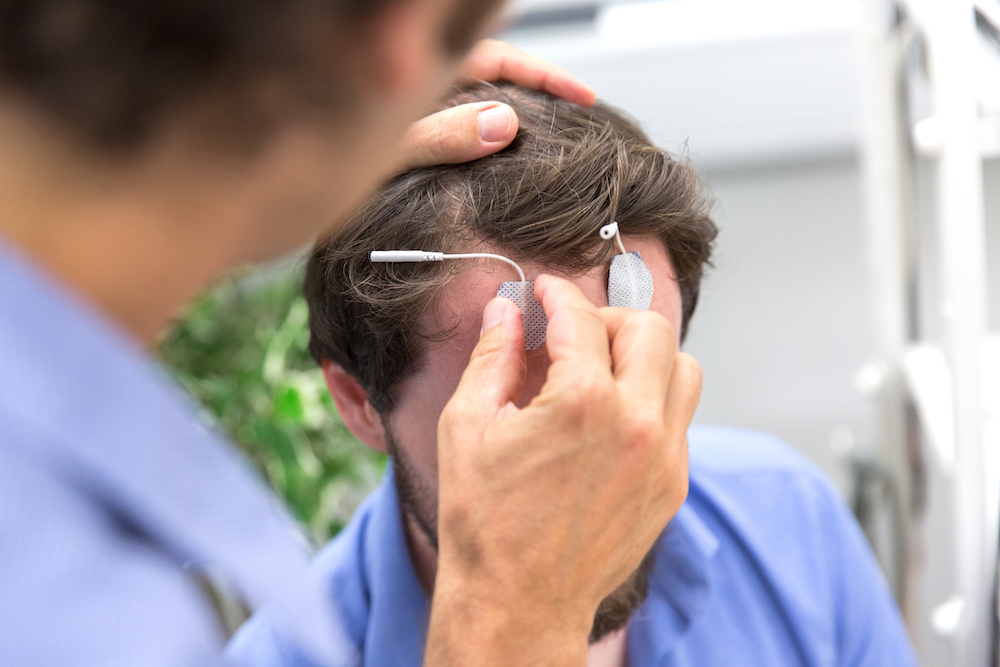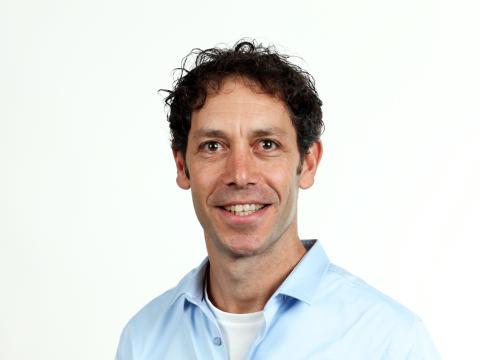Biography
Combining his skills in physics and neuroscience, Dr Nir Grossman, Lecturer in Dementia Research at Imperial College London, is at the forefront of cutting-edge techniques modulating aberrant neural activity in brain disorders. Obtaining his PhD in 2009, he was awarded fellowships from BBSRC and the Wellcome Trust, completing further training at Imperial, the Massachusetts Institute of Technology and Harvard. In 2018, Nir was awarded the Science & PINS Prize for Neuromodulation, for his pioneering work on noninvasive brain stimulation method. He joins the UK DRI at Imperial to apply this work to neurodegenerative diseases.
Grossman Lab
Explore the work of the Grossman Lab, pioneering non-invasive neuromodulatory interventions to correct the abnormal brain activity in dementia

